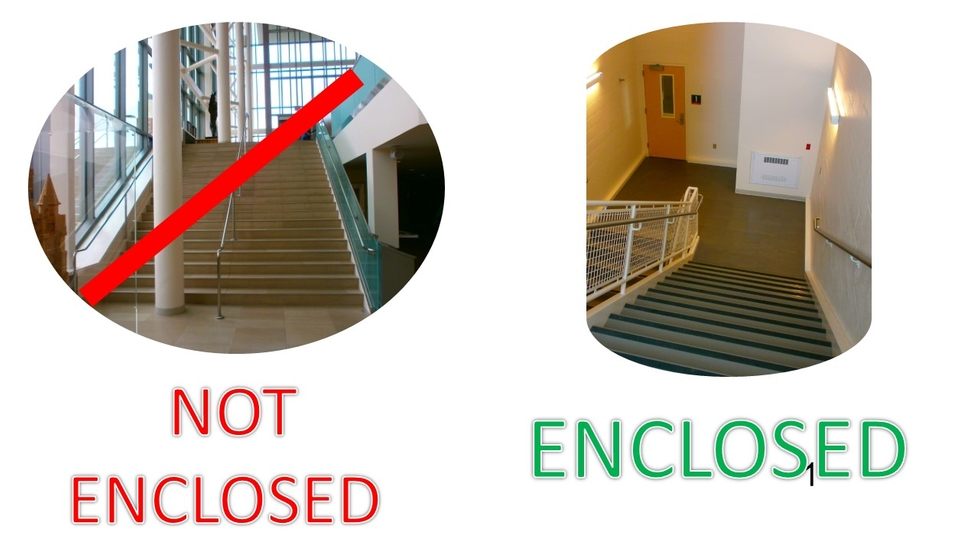Evacuation for persons with disabilities
Your safety is very important. Maintaining that safety is a joint responsibility between you, the University, and our local emergency response agencies. When considering evacuation, GVSU recommends you plan in advance about how you will evacuate the areas you live, work, and learn in. Familiarize yourself with a primary and secondary route. Be aware that emergency situations are unique and situations can change suddenly. Be ready to adjust and consider alternate routes when developing your own evacuation plan.
Persons with disabilities are frequently present in offices, classrooms, and living centers. Evacuation plans can be discussed with them in advance. Prior planning is the best defense against accidents and confusion. Travel with them over possible exit routes, identifying potential obstacles and ask their opinions. Persons with disabilities have the primary responsibility for requesting assistance.
What are my options?
The University requires all persons, including those with disabilities, to evacuate a building anytime the fire alarm system is activated or you are otherwise instructed to do so. If you have a temporary or permanent disability that may prevent your prompt and safe evacuation from a building, please consider the following planning options:
- Evacuate to the exterior if able; or
- Proceed to an enclosed stairwell to await rescue assistance
- Call 911 with your location and situation
- Elevators must not be used during an emergency evacuation.
CAN YOU EVACUATE ON YOUR OWN?
Yes: Leave the building by the nearest exit or exit stairway. Do not use elevators.
No: Go to an enclosed stairwell.
Call 911 and report your location and needs to emergency responders.
Wait for help to arrive to help evacuate you.
GVSU faculty and staff are not required to evacuate persons with disabilities up or down any stairwell. Moving persons in wheelchairs up or down a stairwell should only be conducted by trained emergency responders.
When an evacuation/fire alarm sounds, an instructor or supervisor should direct students and staff with disabilities to the nearest enclosed stairwell. One individual may remain with a person with a disability, if this can be done without unreasonable personal risk. Others should evacuate the building and advise first responders or a 911 operator of the location of persons remaining in the building so that emergency personnel may determine whether a full evacuation is needed.
IF YOU ARE AWARE OF AN INDIVIDUAL UNABLE TO EVACUATE, CALL 911 OR NOTIFY RESPONDING EMERGENCY PERSONNEL OF THAT PERSON’S LOCATION
Enclosed Stairwells
Grand Valley State University uses enclosed stairwells for the safe sheltering of persons with disabilities who are unable to evacuate on their own without additional assistance. A person can await evacuation assistance instead of trying to fully evacuate the building. These enclosed stairwells allow emergency responders to come help you during an emergency rather than taking a chance of injuring yourself attempting to navigate stairs. Enclosed stairwells are protected with fire rated doors and smoke compartmentalization to help survive a real emergency.

Training
The Disability Support Resources office is available to assist persons with disabilities in arranging a meeting with the University’s Emergency Manager to build a RaveFacility profile for areas you typically work, live and learn on campus. If you have questions about planning for evacuation, contact Disability Support Resources at www.gvsu.edu/accessibility - (616) 331-2490
